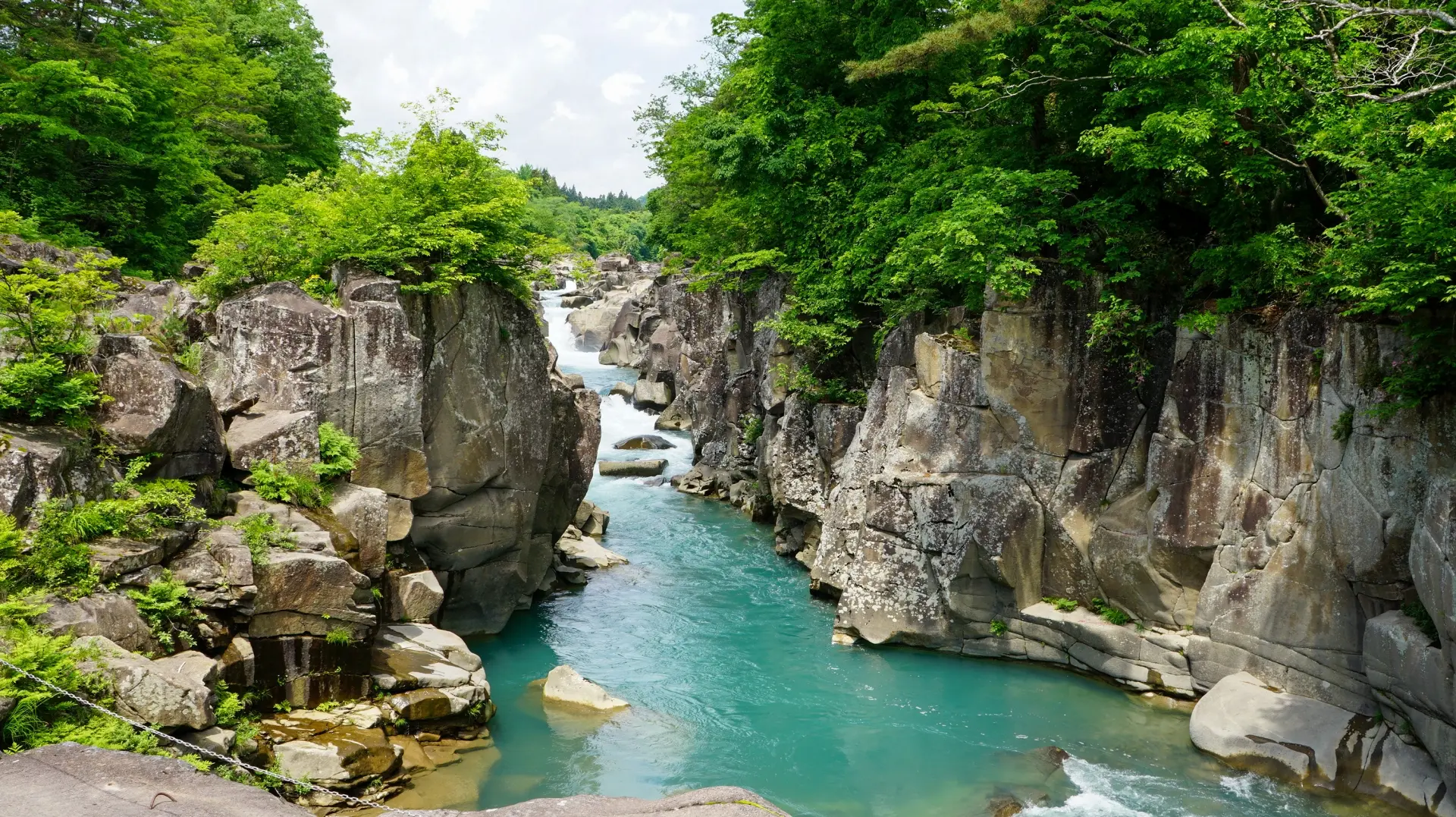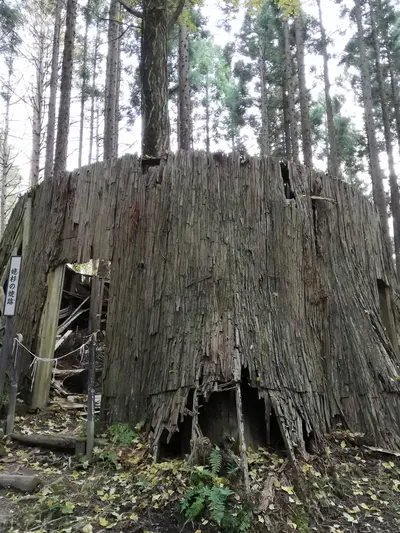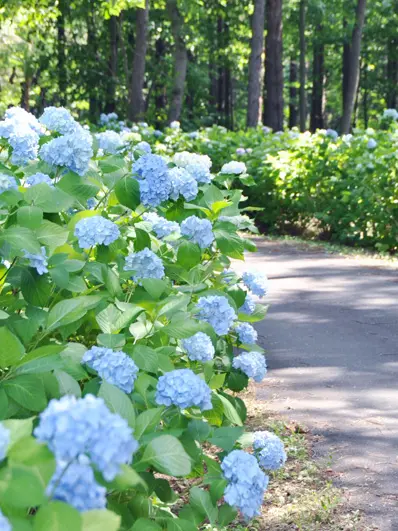

Iwate
岩手県
Where is Iwate?
Iwate Prefecture sits in northeastern Honshū (Tōhoku), facing the Pacific along the Sanriku Coast. It borders Aomori to the north, Akita to the west, and Miyagi to the south; inland lies the capital, Morioka. Vast in area, it’s shaped by the north–south Kitakami Highlands and Ōu Mountains. From Tokyo, the Tōhoku Shinkansen takes about 2–2.5 hours.
Access to Iwate
From Tokyo
Take the Tōhoku Shinkansen from Tokyo Station to Morioka or Ichinoseki. The fastest trains reach Morioka in about 2–2.5 hours, with through services to Ninohe, Hanamaki, and other stops. On a budget, overnight/daytime highway buses are an option. By car, drive north on the Tōhoku Expressway.
From elsewhere in Japan
A flight plus ground transfer is efficient. Iwate Hanamaki Airport has routes from Sapporo, Osaka, and Fukuoka; an airport bus reaches Morioka Station in about 45 minutes. If flights are limited, use Sendai Airport and connect by Tōhoku Shinkansen from Sendai to Morioka (about 40–50 minutes).
From overseas
Most visitors land at Narita or Haneda, then transfer to Tokyo Station for the Tōhoku Shinkansen to destinations across Iwate. For regional connections, routing via Sendai Airport also works well. With bulky luggage, consider station baggage delivery services or coin lockers.
History of Iwate
Iwate’s history begins on the frontier of ancient Japan, once known as the land of the Emishi. In the late Heian era, the Northern Fujiwara—Fujiwara no Kiyohira, Motohira, and Hidehira—built a cultured court at Hiraizumi, famed for Chūson-ji’s gilded Konjikidō and the gardens of Mōtsū-ji.
After Hidehira sheltered Minamoto no Yoshitsune, the clan fell to forces loyal to Minamoto no Yoritomo. In the medieval–early modern period, the Nanbu clan ruled from Morioka, fostering crafts such as Nanbu ironware. In the 19th century at Kamaishi, Ōshima Takato operated a Western-style blast furnace, laying foundations for Japan’s modern steel industry.
Iwate also produced major writers: Miyazawa Kenji of Hanamaki and Ishikawa Takuboku of Morioka.
The Sanriku coast suffered devastating damage in the 2011 Great East Japan Earthquake, but reconstruction continues alongside renewed promotion of World Heritage–listed Hiraizumi.

